News
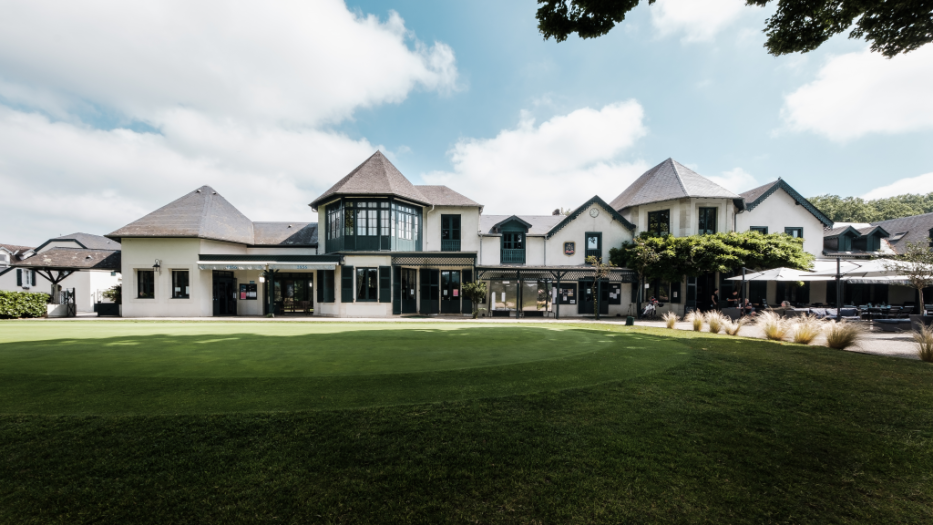
Pau, birthplace of the King and golf.
At Pau G.C., the patina of history can be discovered both by walking from hole to hole and by looking up at the results panels decorating the walls of the clubhouse. Unquestionably, a British spirit awakens memories and prompts investigation: how was this Béarn town, close to Spain and far from the white Albion, chosen in 1856 to be home to the first golf course in continental Europe, outside the United Kingdom?
The facts are worth considering, and make us dare to think that wars unfortunately also have their silver linings.
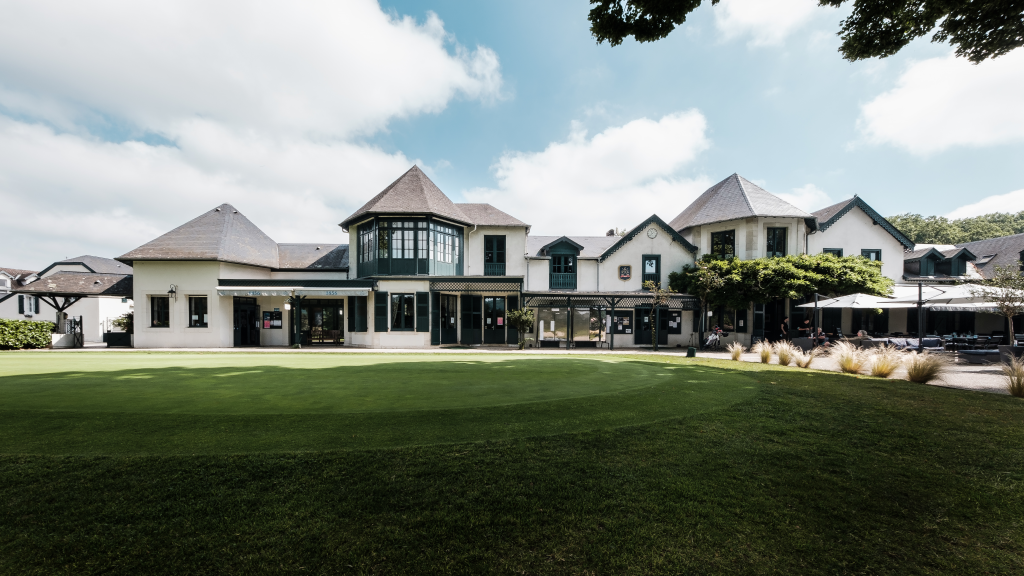
Wellington's officers golf in 1814
Explanation: to drive out the French troops who had invaded Spain and Portugal in 1807 on Napoleon's orders, the English general Wellington had assembled 90,000 men at the head of his Iberian-English army between Pamplona and the Basque border. Soult, who had arrived as reinforcements after the crushing defeat at Vitoria, was unable to halt the allied advance, and won a decisive battle at Orthez in February 1814, forcing Napoleon to abdicate two months later.
The story goes that English and Scottish officers, finally taking advantage of the halt in the fighting and finding the climate pleasant, spent some time that year "facing the Pyrenees and in the watered meadows of the Billère plain" near Pau, and invented a small golf course along the Gave. Some of these officers stayed on, while others returned a few years later to end their lives there.
On the initiative of the Duke of Hamilton, Lieutenant-Colonel J.H. Loyd Anstruther, Colonel Hutchinson, Major Pontifex and Archdeacon Sapte, joined by J. Steward and Major Stevenson
The first golf course outside the British Isles was founded in 1856. In France, the Dinard (1887), Biarritz (1888), Cannes (1891) and Saint-Jean-de-Luz (1893) golf courses followed.
Although golf in Pau is less exclusive than it once was, the English influence is still felt: there are still around 50 British members among the 750 members of the Pau Golf Club. If you'd like to meet them, no problem: they usually have lunch together every Wednesday at the clubhouse. The other activities that our friends from across the Channel had instituted in Béarn, such as pigeon shooting, hunting, polo, cricket and rowing, have all disappeared. What has remained is a certain idea of the etiquette and rigour necessary to a true club.
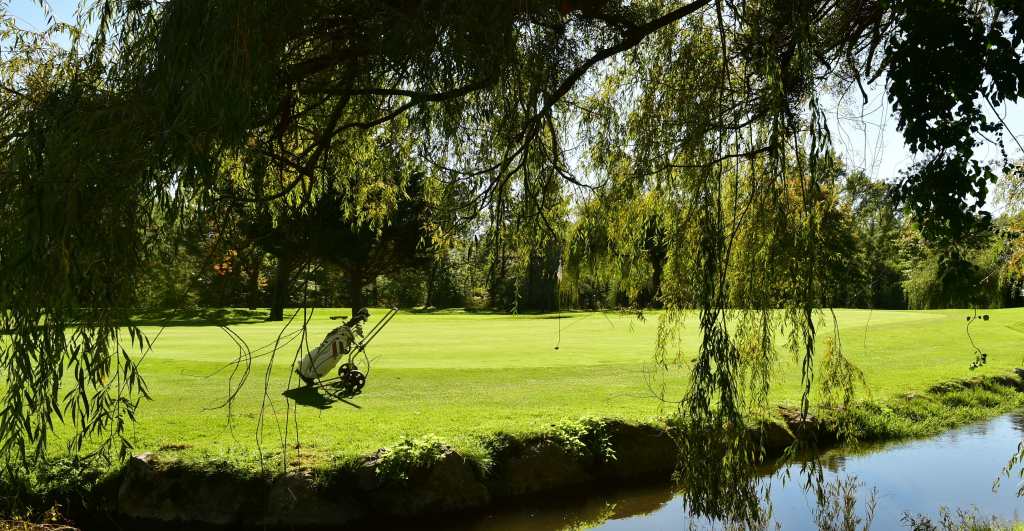
The current course has retained much of its natural design, revisited in 1860 by William Dunn, whose family supplied many pros and architects and who beat Tom Morris in a famous challenge at Saint-Andrews in May 1851. The only notable difference is that the original Scottish-style double greens, which gave the then treeless course the air of a link course, have disappeared.
In 1877, a 9-hole ladies' course was finally opened, enabling women who had previously been denied access to the men's courses - reserved for female champions - to play golf. Their outfits, however, had to meet precise criteria of elegance and quality. Crinoline is recommended.
Committee members must wear red jackets, white silk pants and wide-brimmed hats. A beautiful painting by Major F. Powell Hopkins gives an accurate idea of club life in the 19th century. This testimony is rare: the club's archives having been destroyed, in the name of secrecy, by a committee in which the Franco-Masons were in the majority. Recently, all the historical documents in the club's possession were listed by the Historical Heritage Commission.
Another key figure in the history of the Pau Golf Club was Joe Lloyd, another Englishman with a look more Béarn than British, who divided his time between Pau and the USA, where he won the US Open in 1897. He was born near Liverpool in Hoylake, where Arnaud Massy, the great French champion from Biarritz, won the British Open in 1907. Joe Lloyd became the first golf teacher in France, and played in many games with bets at stake. Thanks to his connections, a legendary game took place in February 1896, for the fortieth anniversary of the club, with Taylor, Auchterlonie, Simpson and a young unknown by the name of Vardon. He retired in 1925 after training Dominique Coussies, a renowned professional whose son Alfred joined the French team before succeeding him. A stele in memory of Joe Lloyd has been erected at the start of the first hole.
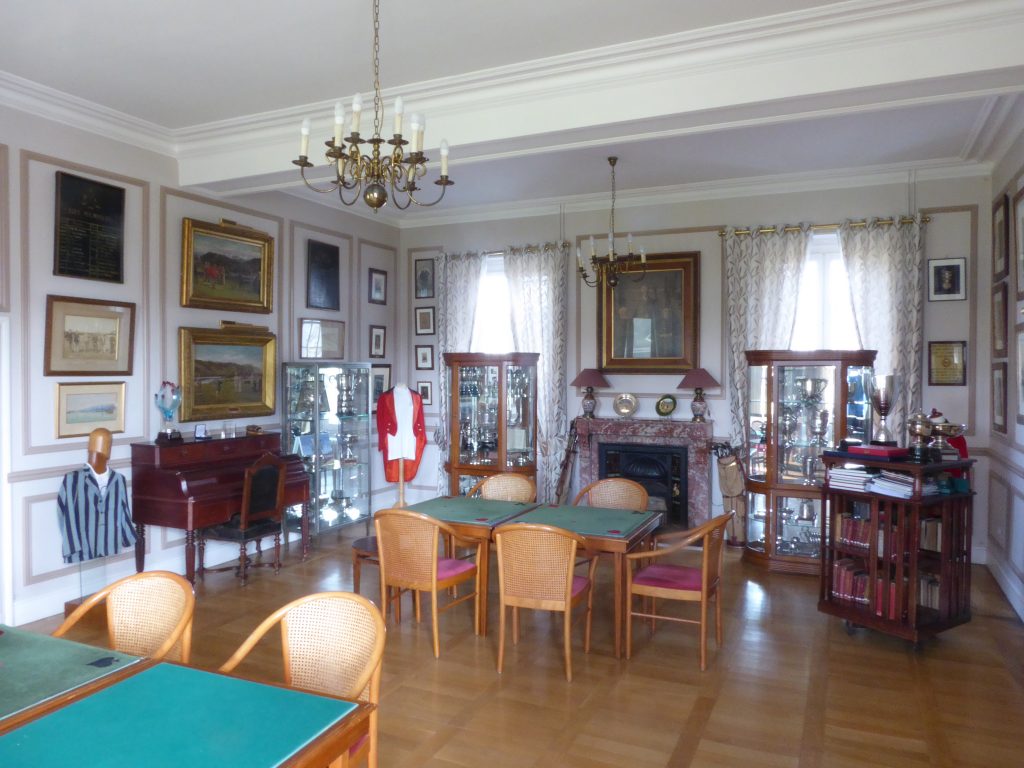
5,386 metres from the foot of the château
While you're taking a photo of this historic stele, you'll also remember that, in 2006, Jose Maria Olazabal drove over the green in an exhibition match with Seve Ballesteros, Bernard Pascassio and local girl Stéphanie Arricau: a lesson that will lead you to opt for a short wood or even an iron for this first par 4 of just 262 meters.
The stroll through an English garden proves to be more technical and strategic than robust. Elegance on a 5,386-meter par 69 course containing three par 5s, nine par 4s and six par 3s.
Big hitters beware: a course of modesty and humility awaits the visiting golfer. A look at the results of top-level competitions suggests caution.
Hole 3 is tricky: the new tees have been moved back to the right, and you'll need to be precise to avoid both the right and left undercuts. The wind can decide your fate: keep your cool, as the green, well protected by 4 well-placed bunkers, has not said its last word.
Among the most beautiful holes on the course are 7, 9 and 10.
From its elevated tee, the 7th offers a beautiful view of the first par 5, a 465-meter dogleg left: the drive must be long and precise, avoiding the out-of-bounds on the right. The 9th is the most difficult hole on the course: a 406-metre par 4 where the second shot will be decisive: don't count on a putt to reach the green, as English-style bunkers defend it perfectly to the left and right. And putting requires delicate line reading and touch.
As for the 10th, it's Pau's signature hole: a 481-metre par 5 where you jump a river twice, with an out-of-bounds on the left and water all along the hole on the right. And there are always effective bunkers in front of the green.
We find water again on the next two holes, 11, a lovely par 3 with a very small green, and at the start of 12, a beautiful par 4, planted with trees and water, with a peaceful natural feel. Hole 13, a long 175-metre par 3 with no particular difficulty apart from the double plateau on the green, will leave another memory: through the trees and against a backdrop of mountains, you can make out the imposing château of good Henri, King of Navarre and later King of France. When he was born in 1553, his father, the Catholic Antoine de Bourbon, rubbed his lips with garlic and then with Jurançon wine to prevent future illnesses, while his mother, the Calvinist Jeanne d'Albret, was already instilling in him the first principles of the strictest morality.
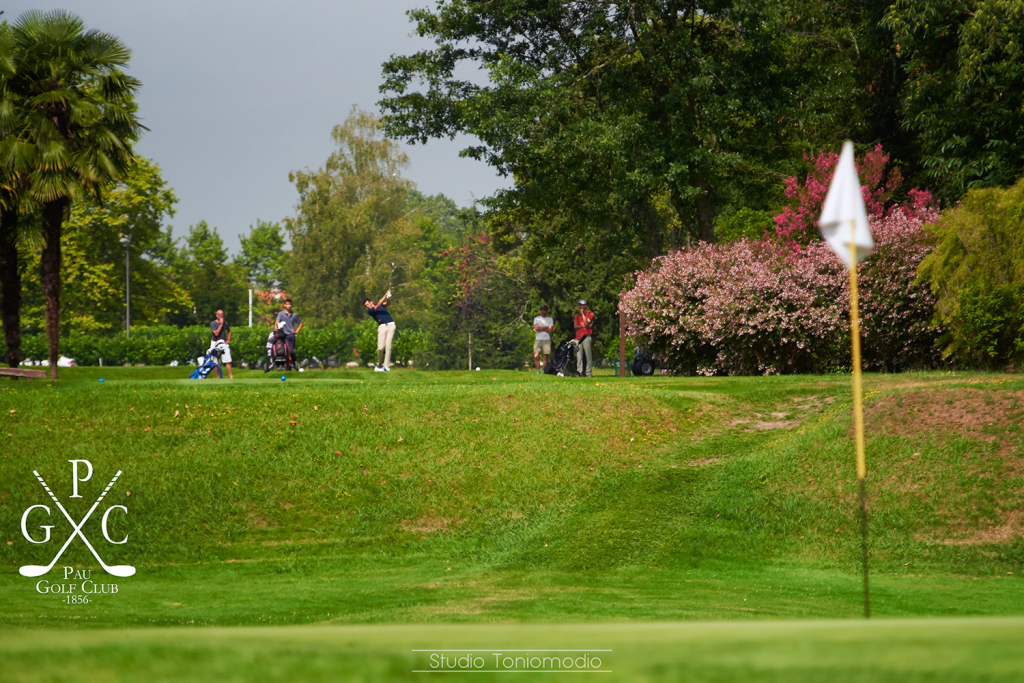
But let's return to the Pau course, where the last five holes are relatively easy and foreshadow a gentle conclusion. As gentle as the city's climate, when you tee off on 18, you hesitate between a wedge or a 9 to reach the last green, which is very narrow and steep.
Clubhouse stop
In front of the clubhouse, the laurel avenue and century-old trees respectfully greet this old building with its particular charm, unmistakably reminiscent of English cottages: green panelling, bow windows and slate roofs. Who knows why, but the bar smells of whisky and pipes!
A visit to the card room, corridors and changing rooms will give you an idea of the culture that presided over the birth of the club.
The Kilmaine cup
A sporting relic dating back to 1894, the Kilmaine Cup is played every year between the clubs of Pau and Biarritz. For the first foursome matches, played alternately in each city, players drove their own crews, while others took the stagecoach. The journey took seven hours, with a gastronomic stopover in Orthez at the Hotel de la Belle Hôtesse!
The oldest interclub event in Europe, it is now played by teams of 12 in singles and doubles.
The centenary of the event was celebrated in 1994 in the presence of Lord Kilmaine's grandnephew, who found the grave of his ancestor, who died in 1907, in Pau.
Pau GC 1856
Rue du Golf
64140 Billère
Tel: 05 59 13 18 56
Membership fee: €1615
Green-fee: €56 (low season), €70 (high season)









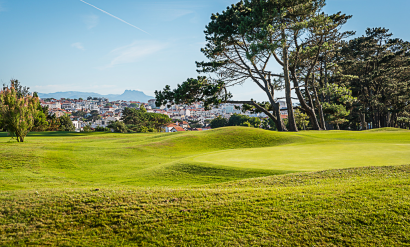
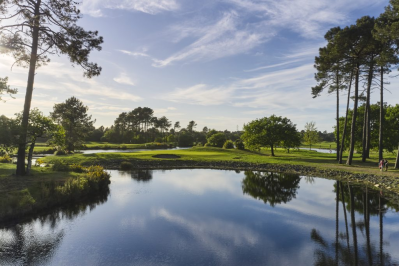
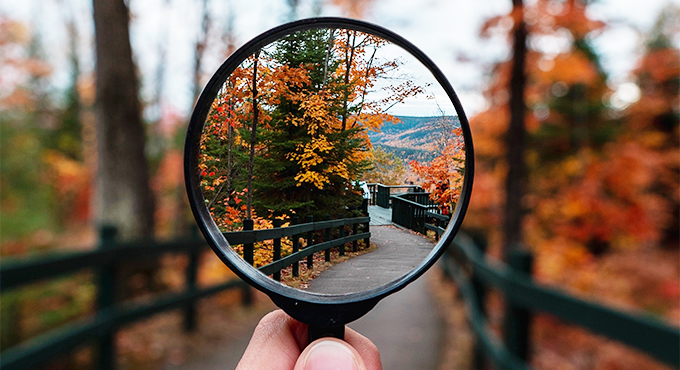


No comment
Log in to post comment. Log in.